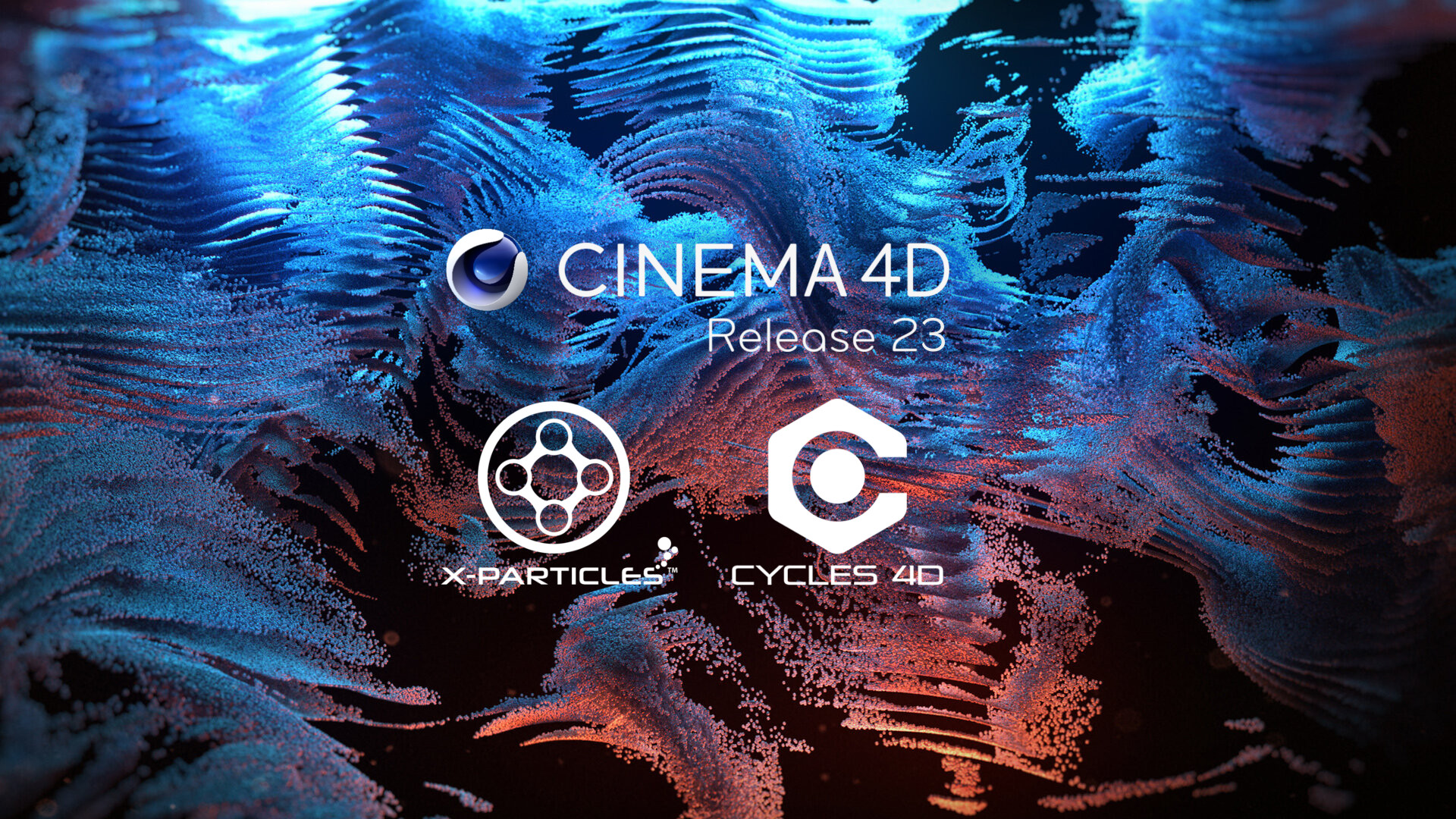


After you finish the setup, set your animation timeline to 500 and press the play button in the Viewport. Change their properties as shown in the picture. Make the “xpEmitter” child to “xpTurbulence”. 2- Now create a “xpEmitter” from the X-Particles menu and also create a “xpTurbulence” from the Xparticles/Modifiers/Motion Menu. The regular cloth/soft body engine in C4D for cloth (check out rocket lasso for tuts on cloth, he’s got some good ones) then for gaseous and liquid sims, you’d probably have to turn to Blender.
Complete the setup as shown in the following image.Info: You can use many objects here. Then select the Object Tag and drag & drop the "Platonic" object to Particle Rendering Tab. Right-click on the xpEmitter object and select "Octane Object Tag" from the pop-up menu. We will use the “Octane Object Tag” for this. C4D.3- Now we need to identify the xpEmitter object as a particle to Octane. High quality (10k x 5k pixel) Cloudy Sky hdr of summer day.
...
X Particles C4D Generator Node Of
If you add the objects to the xpGenerator, you will get a similar result. You can also use any X-particles parameters as long as you have actual geometry.Another way is to use the xpGenerator node of X-Particles without using the Octane Object list. For example you can use "Random Color" and "Gradient node" for various particle colors. You can also create Instance Color from the particles' age, speed, etc or assign any material for your platonic objects. After complete the setup assign the material to the “Platonic” object (or to other object if you have them).5- As you can see in the picture, we created the simple particles from platonic objects and define them to Octane.


 0 kommentar(er)
0 kommentar(er)
